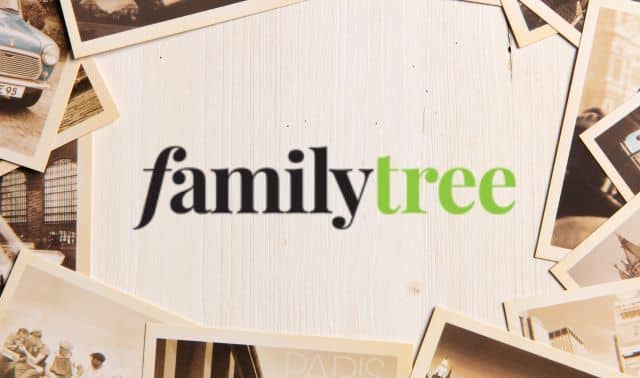Sign up for the Family Tree Newsletter Plus, you’ll receive our 10 Essential Genealogy Research Forms PDF as a special thank you!
Get Your Free Genealogy Forms
"*" indicates required fields
If you’ve been following the last two weeks’ worth of Joan Lee’s search for her husband’s grandfather, you know how complicated this story is. In week one, I looked at a photograph reputed to be Fred Klingbeil and in week two, I explained some additional problems with the Lee/Klingeil family tree.
Here are the basics: The Canadian branch of the Klingbeil family told Joan that Fred’s father, Julius, immigrated to join his brother Louis in Canada. Joan had documentation but thought it would be fun to confirm the relationship with DNA. Her husband (descended from Julius) and the man in Canada (descended from Louis) sent off their cheek samples for a 33-marker test from Ancestry.com’s DNA testing service and waited.
Joan couldn’t believe there was yet another twist in the story—the DNA didn’t match. At all! Not a single marker.
According to Bennett Greenspan of Family Tree DNA, this is almost an impossibility and shows that the two men aren’t related. They didn’t even share a haplogroup. Joan’s husband is R1a and his Canadian cousin is J2. They took the test again, with the same results. The brother of the Canadian cousin also sent in a DNA test and that matched his sibling exactly.
So where does this leave Joan’s husband and her research? The documentary evidence clearly shows that Fred was Melvin’s father on the birth register, but if the DNA doesn’t match, then Melvin wasn’t genetically matched to the Canadian family, or was he?
This raises a question about a non-paternity event in the family. Was Fred the genetic father of Melvin? Were Louis and Julius Klingbeil natural brothers? Greenspan suggested that the family needs a tie-breaker, another direct male descendant to see where this issue occurs. In order to find the “break” in the family tree, Joan needs to locate another male descendant to see if the non-paternity is on Louis or Julius’s line, and when it happened.
Just when you think you’ve see it all, Joan discovered another factor: Her husband had an exact match in the Ancestry.com Y-DNA database. This individual’s family immigrated through Ellis Island from Kalix, Sweden, in the early 20th century, and eventually settled in Minnesota. That man’s family appears to have German origins.
But here’s the trouble: Joan has never found any link to this man in her research and their paper trails don’t match. It’s no wonder that Joan and her husband and his Canadian kin are shaking their heads.
From a simple photo and an ordinary question, a set of family history complexities have caused a lot of confusion. This is one heck of a family history mystery. For now, it’s unsolved.
Got a family photo of the holidays to share? Send it to me and I’ll feature it next week (or post it to your blog and I’ll link to it here).
ADVERTISEMENT




